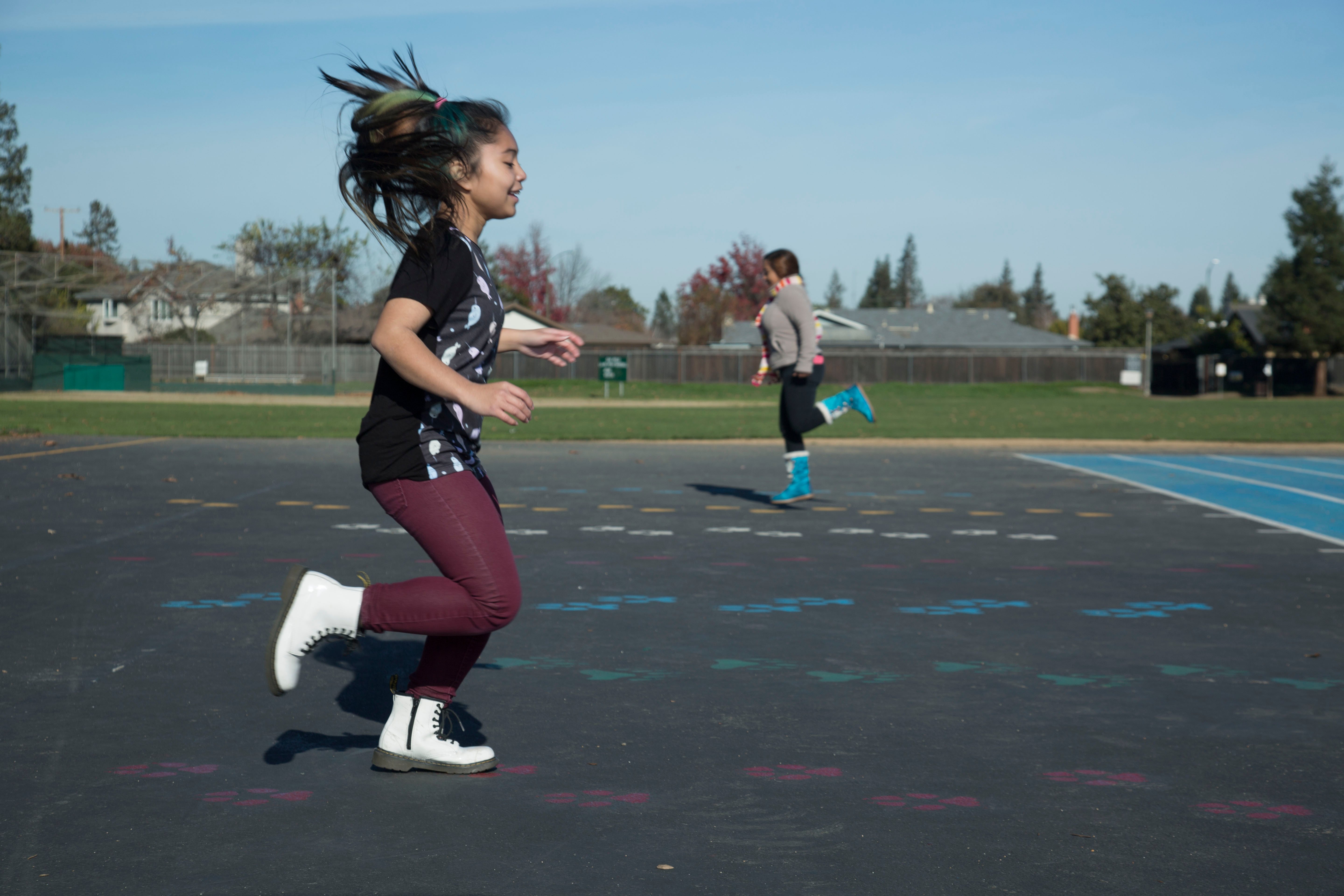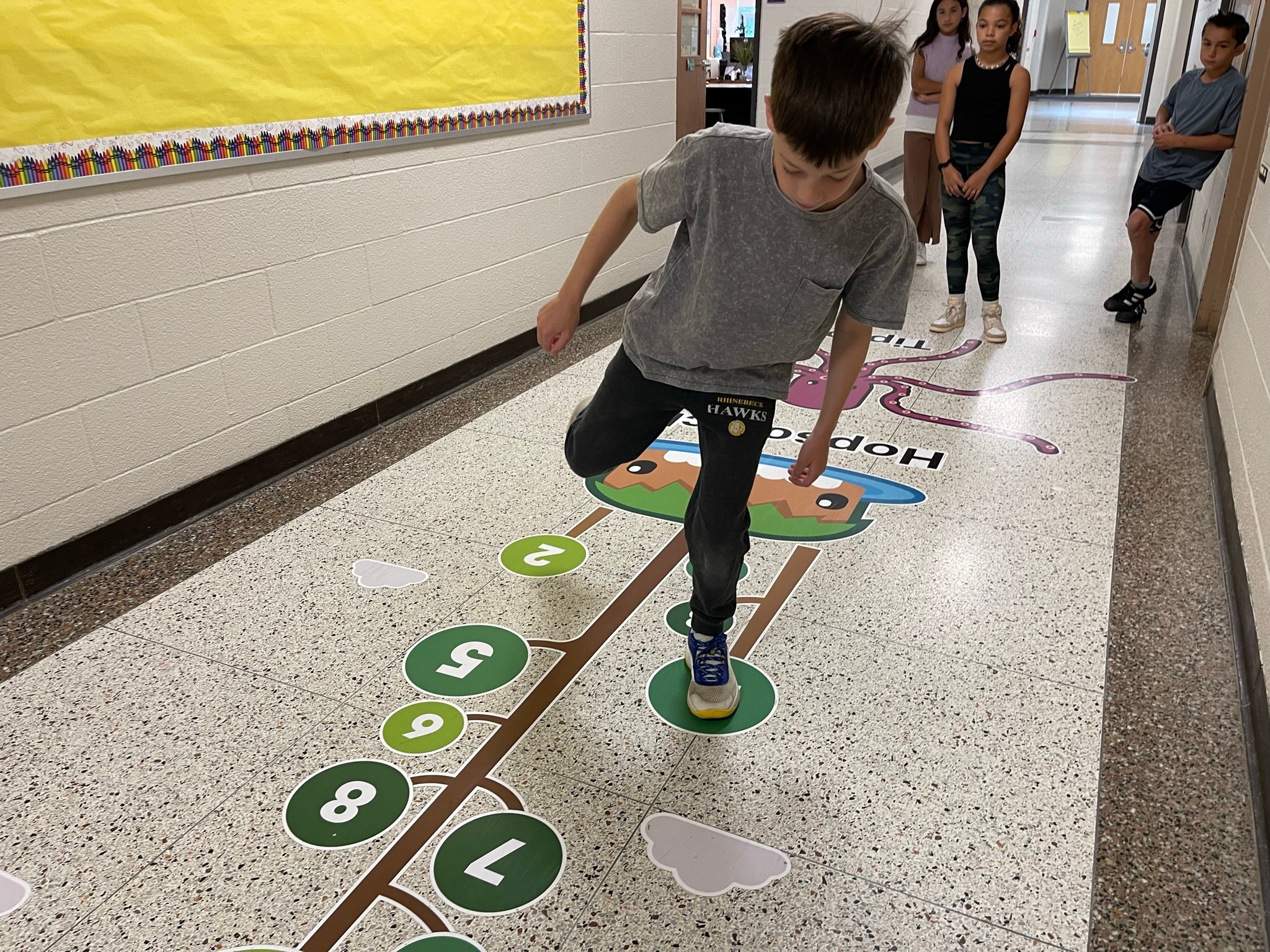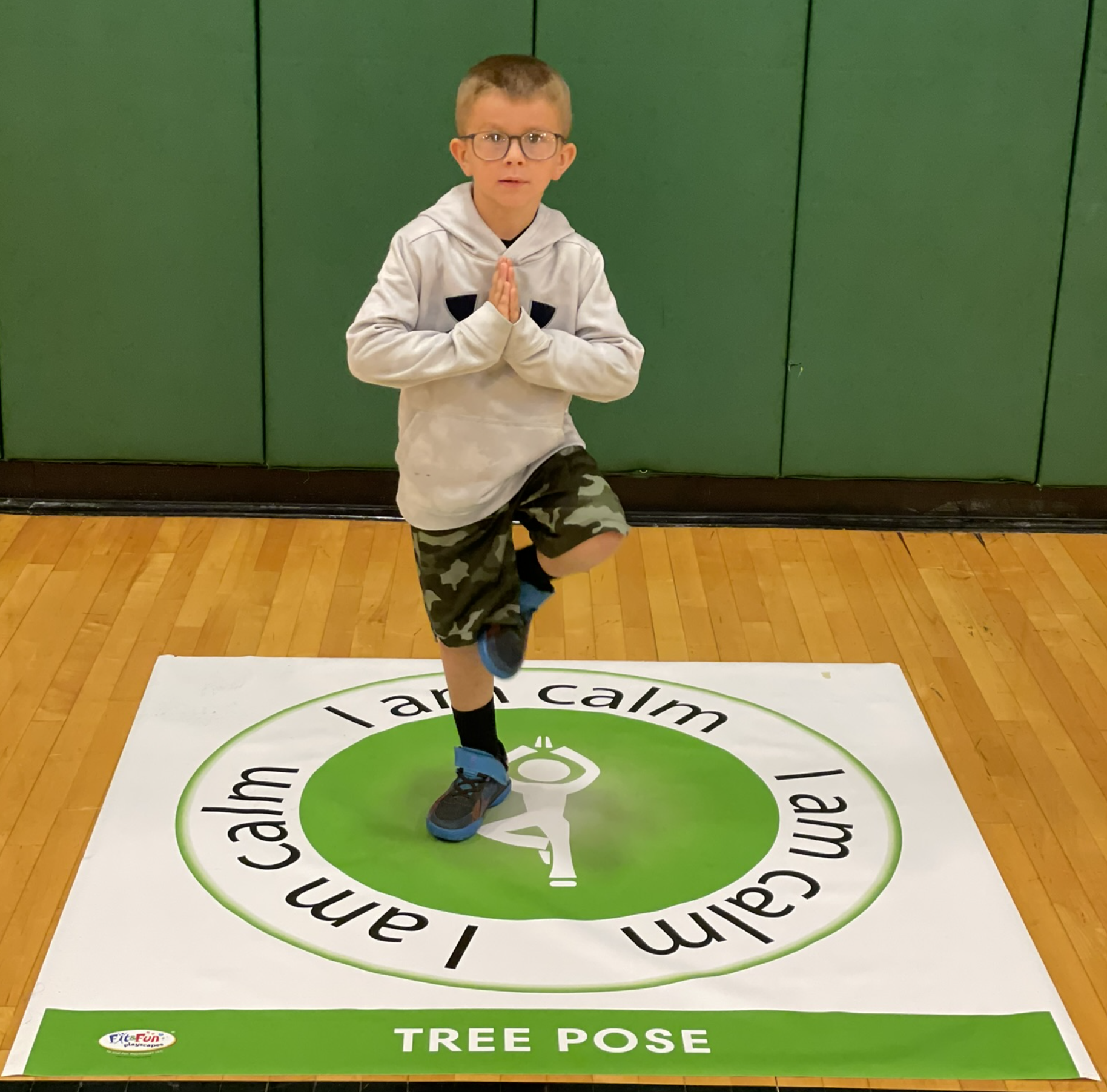YES - Sensory Paths CAN Help Challenging Behavior!!
Addressing behavioral challenges in school often requires a comprehensive approach that
considers a variety of child specific factors. Depending on the behavioral approach your team
chooses to use, you can count on one constant! That constant is that we are all sensory
beings.
Each of us has 8 senses that we must regulate to manage our behavior.
The 8 senses are:
• Sight • Sound • Taste • Smell • Tactile • Vestibular • Proprioception • Interoception
The ability to regulate these senses across a wide range of situations and environments helps
children be adaptable and learn to control/regulate their behavior. Unfortunately, for children
who struggle with sensory processing disorders we often see a decreased ability to manage
behavior. For those children simply standing in line can be a challenge that can easily escalate
into uncontrolled responses. Because the sensory system is common to ALL of us – one
method that teachers can use is a sensory path to engage children who might be
struggling with self-regulation.

Sensory paths can be a valuable component of a multi-tiered intervention strategy to support students with behavioral challenges. A multi-tiered approach also helps to ensure students aren’t left out who may need individualized support. Here are some key
considerations:
Understanding Sensory Processing and Sensory Processing Disorders:
Sensory processing refers to how the nervous system receives, organizes, and responds to sensory information from the environment. Some students may have sensory processing differences, which can contribute to behavioral challenges. The 8 senses help to understand just how much a child has to manage in any given moment or in an environment.
Sensory processing disorders (SPD) may manifest in various ways, such as sensory seeking, sensory avoidance, or sensory over-responsivity. Learning to manage all of the sensory input that comes to a child through their 8 senses can be overwhelming. Behavioral responses can be addressed through movement and sensory stimulation such as doing big muscle movements (proprioception).
Creating a Sensory-Friendly Environment:
When addressing behavior, consider the antecedent or what may trigger the child in the environment. Modifying the classroom environment to accommodate sensory needs may be the first step in helping a child learn to self-regulate. This might include providing sensory-friendly seating, fidget tools, noise-canceling headphones, calming sensory spaces, or sensory paths in the class or hallway.
Use visual supports and schedules to help students understand and anticipate sensory changes throughout the day.
Incorporate Sensory Opportunities:
Build sensory activities into the daily schedule to allow students to regulate their sensory systems. These are often referred to as “breaks” but they really are opportunities that help a child regulate their sensory systems. Planned activities like sensory opportunities become something the child can rely on to get them through a difficult part of the day.
Teach students self-regulation techniques they can use during these planned opportunities and show them how to best utilize the equipment or time they have to self regulate.
Physical Activity and Movement:
Regular physical activity and movement are essential for many students. Incorporate opportunities for movement into the curriculum and classroom routine. Activities like yoga, dance, and mindfulness exercises can help students self-regulate and reduce anxiety. Roll-Out Activities® that have these visual cues are often great ways to engage a student and prompts movement.
Communication and Collaboration:
Maintain open communication with parents or guardians to gather insights into a student's sensory needs and preferences. Collaborate with occupational therapists, physical therapists, and other specialists to develop and implement effective strategies.
Behavioral Supports:
Combine sensory interventions with evidence-based behavioral strategies. Positive behavior support plans (PBSP) can help identify the antecedents and consequences of challenging behaviors and develop proactive solutions. Keeping movement as a critical part of the behavioral plan ensures you are addressing the child’s basic sensory needs.
Training and Professional Development:
Provide training for school staff, including teachers, aides, and support personnel, on recognizing and addressing sensory needs and behavioral challenges. Be sure to check out the resource pages at Fit and Fun Playscapes to see how you can learn more about sensory processing disorders.
It's important to remember that each student is unique, and what works for one may not work for another. Therefore, a personalized and flexible approach is essential when addressing behavioral challenges in school through sensory and movement pathways. Additionally, involving a team of professionals and maintaining a positive and supportive classroom environment can greatly benefit students with behavioral challenges.






Leave a comment